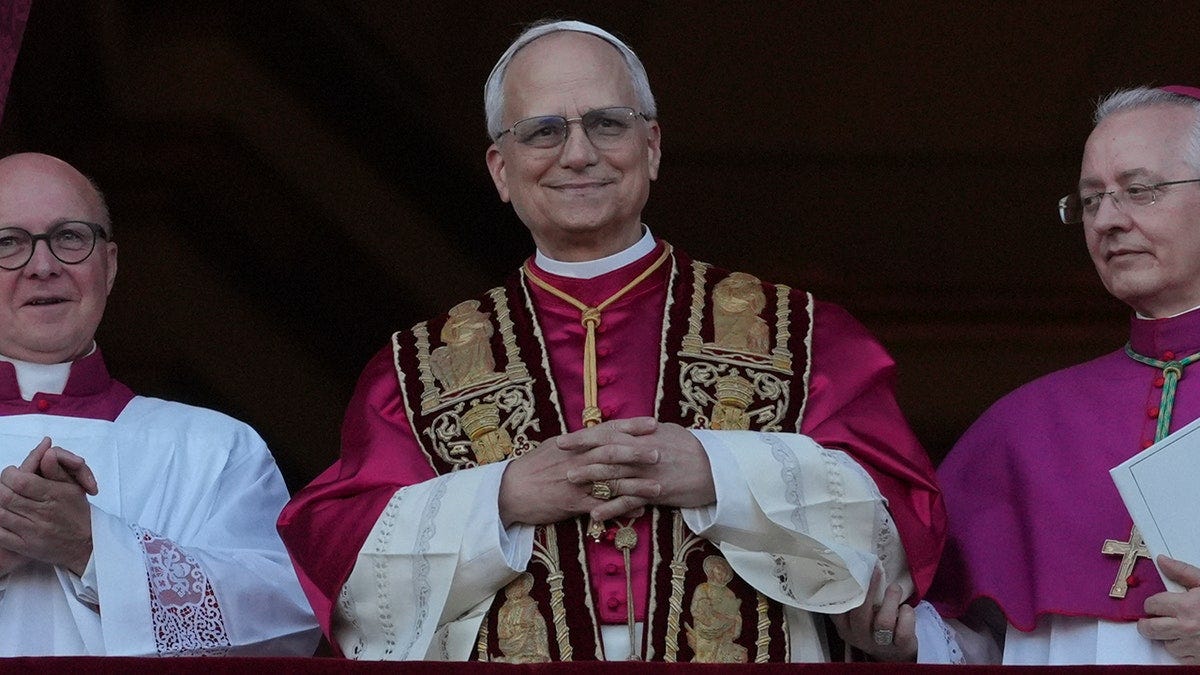We didn’t get the black, hardline conservative Cardinal Sarah as the new Pope. Strangely, Sarah was the favorite of Putin-ideologue Alexander Dugin, and of so-called “based Polish politician” Dominik Tarczyński. Instead, we got a half-Creole Pope, formerly American Cardinal Robert Francis Prevost, whose mother was a half-black woman from Haiti.
The word Pope obviously comes from ‘papa’, the common word for “dad” in many European languages, to infer an aura of fatherliness. But the new Creole Pope Leo XIV has marked the first moments of his leadership with a prayer to the Mother Mary, spurring Protestants on social media to call out Pope Leo’s apparent cult of Marianism.
Keep reading with a 7-day free trial
Subscribe to Johannes MK's Newsletter to keep reading this post and get 7 days of free access to the full post archives.


